Umar Manzoor
Multi-Agent Modeling Toolkit – MAMT
Manzoor, Umar; Zafar, Bassam
Authors
Bassam Zafar
Abstract
Multi-agent system consists of two or more agents which cooperate/coordinate with each other in order to solve a complex problem which would be difficult or inappropriate if solved by single agent. Multi-agents are modeled using Agent Unified Modeling Language (AUML) as Unified Modeling Language (UML) notations do not fully express agent properties/behaviors. In this paper, we have proposed Multi-Agent Modeling Toolkit (MAMT) to help a designer in building rapid multi-agent based applications. The purpose of this toolkit is to create agent development environment where the developer can have various facilities like reusability of existing/developed agents, customize built-in agents, etc. MAMT provides the designer with built-in agents which are developed using Java Agent Development (JADE) framework, with the help of these designers can rapidly build multi-agent based applications. Creation and customization of built-in agents is based on the prototype inclusion design pattern and the designer can add or modify methods/behaviors according to their requirement(s); however the changes should be based on FIPA (Foundation of Intelligent Physical Agents) standards and compatible with JADE. MAMT has been evaluated on large number of sample applications; results were very promising and encourage the use of toolkit.
Citation
Manzoor, U., & Zafar, B. (2014). Multi-Agent Modeling Toolkit – MAMT. Simulation Modelling Practice and Theory, 49, 215-227. https://doi.org/10.1016/j.simpat.2014.09.005
| Journal Article Type | Article |
|---|---|
| Acceptance Date | Sep 18, 2014 |
| Online Publication Date | Oct 21, 2014 |
| Publication Date | 2014-12 |
| Deposit Date | Jun 8, 2022 |
| Journal | Simulation Modelling Practice and Theory |
| Print ISSN | 1569-190X |
| Publisher | Elsevier |
| Peer Reviewed | Peer Reviewed |
| Volume | 49 |
| Pages | 215-227 |
| DOI | https://doi.org/10.1016/j.simpat.2014.09.005 |
| Public URL | https://hull-repository.worktribe.com/output/1768364 |
You might also like
Combined Oriented Data Augmentation Method for Brain MRI Images
(2025)
Journal Article
Symmetry-based decomposition for optimised parallelisation in 3D printing processes
(2023)
Journal Article
Electric Vehicle Charging Modes, Technologies and Applications of Smart Charging
(2022)
Journal Article
3D perception from binocular vision for a low cost humanoid robot NAO
(2015)
Journal Article
Ontology enhancing process for a situated and curiosity-driven robot
(2014)
Journal Article
Downloadable Citations
About Repository@Hull
Administrator e-mail: repository@hull.ac.uk
This application uses the following open-source libraries:
SheetJS Community Edition
Apache License Version 2.0 (http://www.apache.org/licenses/)
PDF.js
Apache License Version 2.0 (http://www.apache.org/licenses/)
Font Awesome
SIL OFL 1.1 (http://scripts.sil.org/OFL)
MIT License (http://opensource.org/licenses/mit-license.html)
CC BY 3.0 ( http://creativecommons.org/licenses/by/3.0/)
Powered by Worktribe © 2025
Advanced Search
